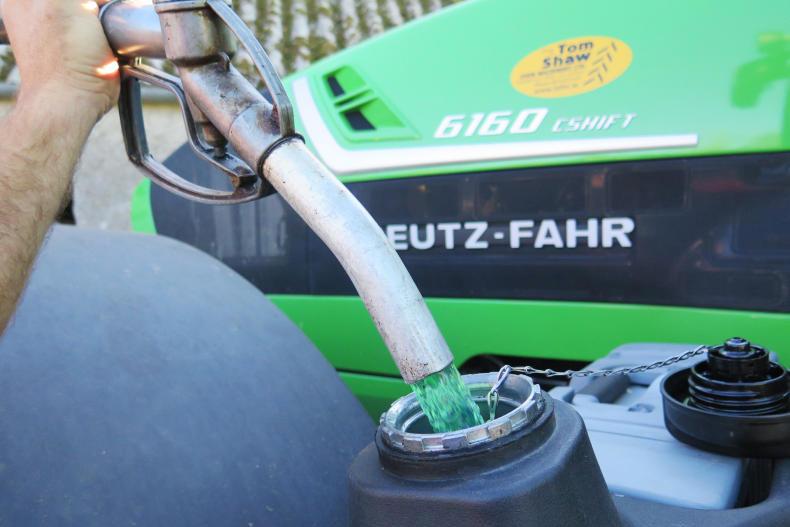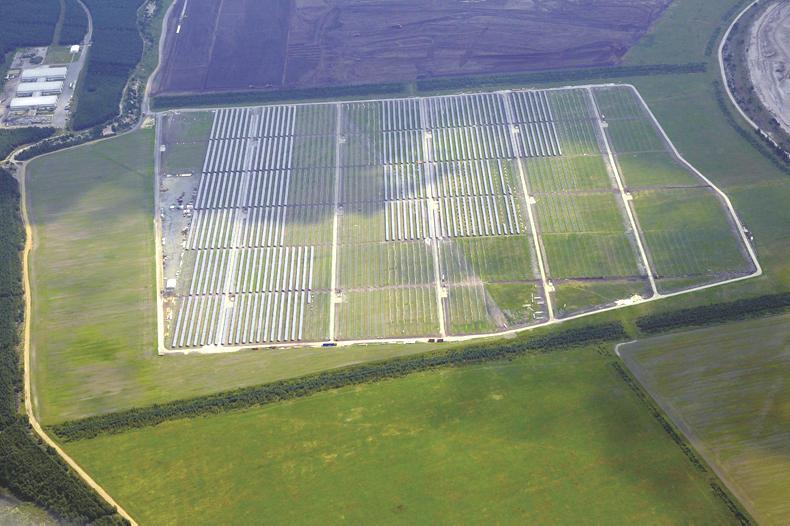Last week, I went to one of the clearest lectures and discussions on energy I was ever at. It was a closed session but I am at liberty to use the information. I just hope that the minister responsible, Denis Naughten is being exposed to the same range of information. From a farmer’s point of view, I was anxious to find out where Irish farmers stood in relation to using their land and buildings for the generation of electricity.
A number of issues struck me forcibly. The Government has already announced that land used for solar production will lose its agricultural designation for capital acquisition tax purposes. No more than in the appalling case of the Kerry Co-op shares debacle, this can be easily amended by legislation if there is a will to do so. I am glad that the IFA is actively pursuing this whole farm energy area with Government.
I had not realised that energy generation technology had now developed so much that offshore wind in favourable conditions was producing electricity at a cost of just 6c/kwh. The new solar installations are rapidly becoming more competitive but still need, we were told, some Government support. No wonder the developers of onshore land-based wind farms are so keen to push ahead with their projects. For solar farms, it is odd – to put it at its mildest – that such an efficient source of energy production with the potential to pay an annual rent of €1,200/ac to €1,500/ac is being so discouraged by Government. I must admit to a personal interest in this as I have shelved my own plans until there is full clarification.
All over Europe, energy production is seen as a legitimate activity for farmers. Here, we have what almost amounts to antagonism towards on-farm anaerobic digestion despite its huge role in supplementing farm incomes in countries such as Germany, Denmark and the UK. Wind energy is a developer-led activity with intense community discord accompanying each proposal.
While we will see much reduced biofuels used for energy production following the decision to reduce the EU ethanol blending target from 7% to 3.5%, the US continues at 10%. In Germany, on-farm generated electricity can go straight into the farm home at the full “socket” related price. To achieve a feed-in-tariff here requires endless negotiation and a significant contribution to the ESB. If the recently announced Government initiative for rural regeneration is to mean anything, a broadly-based energy policy would be a good place to start.









SHARING OPTIONS